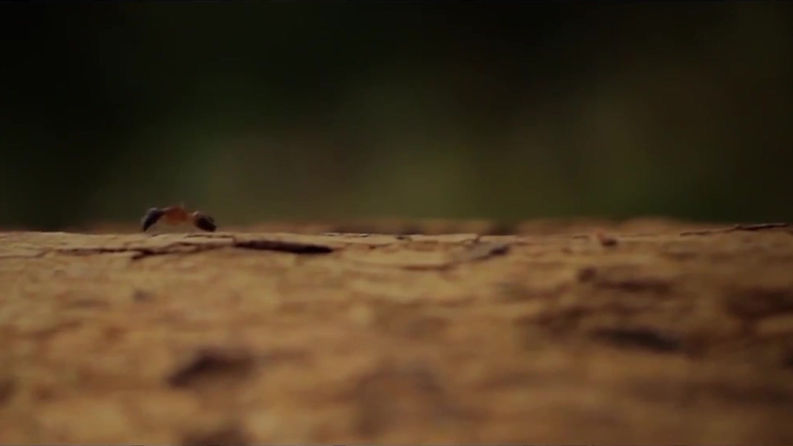

Nursery Time - Seedlings and Sprouts
Now that you've got your plants in the ground it should just be a matter of days before they start to sprout. This section will show you how to set up your seedlings depending on the type of grow you are starting. If you're starting from clones you should be able to skip this section

01 Lighting Your Plants
Getting the right amount of light
**To accelerate root growth ensure the soil is 2-5 degrees warmer than the ambient air temperature.
Your seedlings can be very sensitive to light, too much or too little could affect the way they grow. During this stage, it's ideal to provide 16 hours of light and 8 hours of darkness.
How far to position your lights from the canopy of your plants will vary depending on what type of light source you've selected. It is important to ensure the heat from your lights is not drying out your soil, keep a close eye on this as the heat from the bulbs can cause damage to leaves if positioned incorrectly. If you don't have your grow lights yet, we have tips for which ones to get in our Getting Started Section.
LED Grow Lights: 24-36 inches
Standard LED: 12-24 inches
High Power CFL Lamps: 12-16 inches
Fluorescent Tubes or bulbs: 2-6 inches
The light requirements of your plants will change as they grow. The rule of thumb is that the distance from the canopy will increase as the plants grow. Each lighting source is different and minor adjustments may be needed depending on the strength of your light and the environment you're growing in. If using reflectors, position your lights slightly higher than normal since there is more light available in the area.
02 Moistness
Do not over water your plants!
During the seedling stage, your plant puts most of its energy into growing a strong root system, good moisture content is essential to this stage of development. Too dry and your roots will be weak, too moist and the water will displace the oxygen in your soil causing your plants to suffocate or grow mold.


03 Preventing Mold Growth
Keepin' It Clean
Young plants, especially those with weak roots can be susceptible to root rot. Overwatering can cause root rot, so it is crucial to ensure there is a steady moderate supply of water to your seedlings. Root rot can be caused by organisms such as parasitic oomycetes, algae, fungi, and bacteria.
The symptoms of root rot will be similar no matter the source. Root rot may be visible on the surface of your soil; symptoms are more likely to include drooping leaves, burnt leaf tips or edges, brown or yellow spots, plants absorbing less water, and leaves dying and falling off. The roots themselves may be twisted or tangled; typically root rot looks like boogers or goo on your roots, clear these plants out quickly to prevent the infection from spreading to your whole crop. Whole crops can be destroyed in a single weekend so it is important to eliminate mold as soon as possible.
04 Evaluating Your Progress
How We Doin?
The seedling stage should take about 3-5 weeks to complete. At this stage, your plants should be about 3-5 inches tall, and the roots should be well established. Plants growing too rapidly (long and skinny) could have inadequate nutrients or light. When plants don't have enough light they grow stocks more rapidly, reaching out to the light source causing stretching. Surprisingly, too much light can also cause stretching, this is why we recommend a 16-hour window of light for your seedlings. If you have some skinny seedlings that you would like to save; you can try replanting them in fresh soil. deeper in the soil than before. The portion of the stock that is underground will start to grow roots, creating a more stable stock for your plant to grow from,
If everything is looking good at this point, you're ready for the next step! In the next few weeks, your plant will move to the vegetative stage, it will switch from investing the majority of its resources in its roots to investing in leaves instead.

